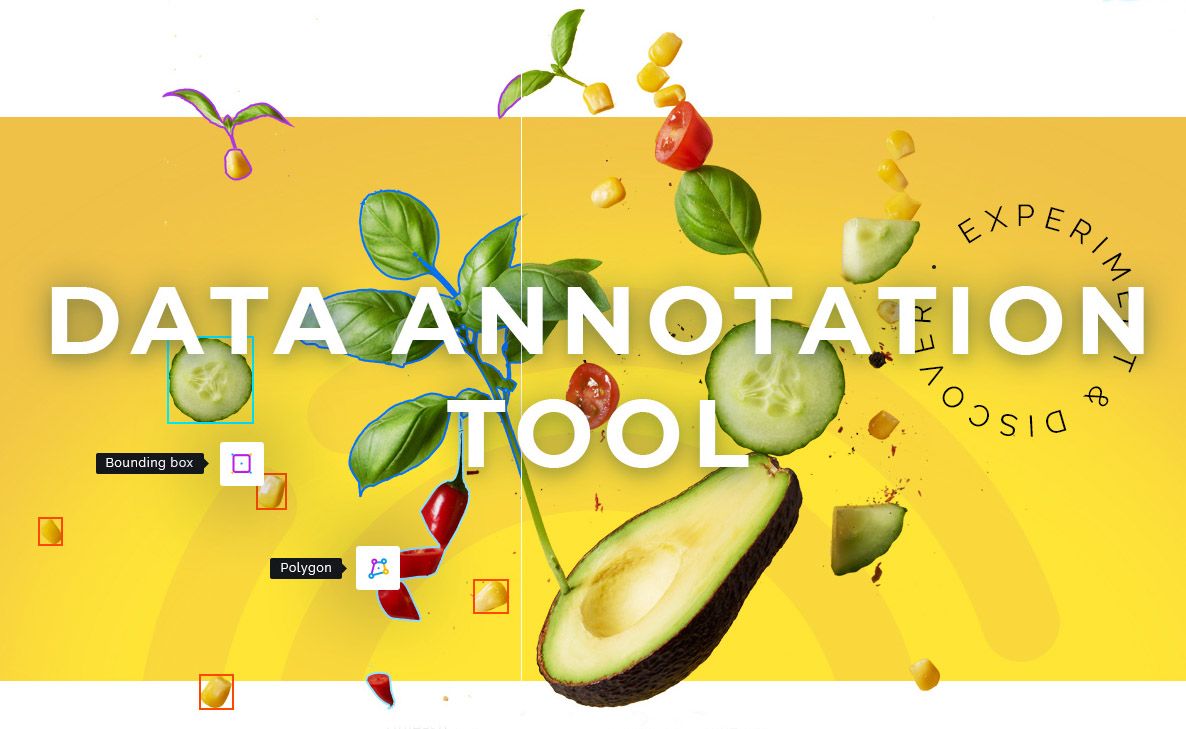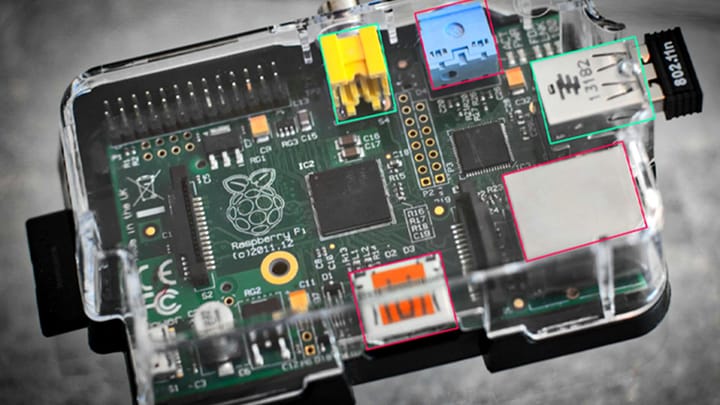Deep Learning Guide: Choosing Your AI Data Annotation Tool

Choosing the proper AI data annotation tool improves your project’s effectiveness. Various data annotation tools include manual, semi-automatic, and automatic tools. This blog post explores the different kinds of data annotation tools. It also discusses factors to consider when choosing tools for deep learning projects.
Types of Data Annotation Tools
There are three main types of data annotation tools: manual, semi-automatic, and automatic. Manual annotation tools are generally more accurate but slower. Automated annotation tools are faster but may be less accurate. Semi-automatic tools can be accurate and fast but need manual input.
Manual annotation tools
Manual annotation tools need human annotators for data labeling and categorization. These tools provide a user interface where the annotator can view the data and add labels or tags. Manual annotation tools are practical when the data requires high accuracy. However, it’s challenging for automatic tools to annotate such information.
Semi-automatic annotation tools
Semi-automatic annotation tools combine human and machine annotations. They include features like machine-assisted labeling or automatic annotation suggestions. Semi-automatic annotation tools can be more efficient than manual tools. They can help accelerate annotations by reducing the manual workload.
Automatic annotation tools
Automatic annotation tools label and categorize data using machine learning algorithms. These tools do not need human input and can tag and organize copious amounts of data. But, the accuracy varies depending on the quality of your data and task complexity. Therefore, these tools are best for well-defined tasks with explicit rules or criteria.
Annotation tools for deep learning projects
You can use many annotation tools depending on the deep learning project.
- bitmask
- bounding box
- cuboid
- custom
- instance segmentation
- key points
- lane
- polygon
- rotated bounding boxes
- semantic segmentation
- skeletal
The choice of data annotation tool depends on your deep learning project's goals.
Bounding box
This tool lets you draw a rectangle around an object. Use it for object detection or classification tasks. Bounding box annotation uses a manual or semi-automatic annotation tool.

Rotated bounding box
These boxes are like bounding boxes, but the rectangle turns to fit the shape. A standard bounding box may not capture its form. Rotated bounding boxes use a manual or semi-automatic annotation tool. This annotation tool is suitable when the object appears at an angle.
Cuboid annotation
Draw a 3D box or cuboid around objects. It can define its location and dimensions. Use it for tasks such as object detection or classification in 3D space. The cuboid annotation works with a manual or semi-automatic annotation tool.
Polygon annotation
Make a closed shape around an object. Use it for object detection or classification tasks. Also, use it when the object has an irregular shape that a bounding box or cuboid cannot capture. Polygon annotation can use a manual or semi-automatic annotation tool.
Semantic segmentation
Divide an image into different regions. Then, label each area with a specific class or category. Use it for image classification or scene understanding tasks. Semantic segmentation can use a manual or semi-automatic annotation tool. It may be possible with an automatic annotation tool depending on the job's complexity.
Skeletal annotation
Label and connect joints to create a skeleton. Then, use it for tasks like pose estimation or action recognition. Skeletal annotation uses a manual or semi-automatic annotation tool.
Key points annotation
Labels and mark specific points or landmarks in images or videos. Key points annotations use a manual or semi-automatic annotation tool. Use it for object recognition or image alignment.
Lane annotation
Draw lines or curves to define the lanes on the road in an image or video. Use it for tasks like autonomous driving or traffic analysis. Lane annotation uses a manual or semi-automatic annotation tool.
Instance segmentation
Divide images into different regions. You can label each area with a specific class or category, like semantic segmentation. Instead of labeling regions, instance segmentation identifies and distinguishes individual objects. Instance segmentation can use a manual or semi-automatic annotation tool. It may also be possible with an automatic annotation tool. Use it for tasks like object detection or tracking.
Bitmask annotation
Create a binary image. The object of interest is marked with a specific value. The background is marked with a unique value. Use it for image segmentation or object detection. Bitmask annotation can use a manual or semi-automatic annotation tool. It may also be possible with an automatic annotation tool.

Custom annotation
Create a custom set of labels or tags. Use it when the standard annotation types do not capture the desired information.
Factors to consider when choosing a data annotation tool
There are several factors to consider when selecting an AI data annotation tool.
- Cost – The cost of data annotation tools can vary from free to commercial solutions. Consider your budget and how much you can spend on a data annotation tool.
- Ease of use – The ease of use of a data annotation tool can impact the speed of the annotation process. Look for tools with intuitive interfaces to make the process as smooth as possible.
- Quality of annotation – The annotation quality impacts the accuracy of your model. Look for tools that offer high-quality annotation and allow you to correct mistakes.
- Integration with deep learning frameworks – Choose a compatible tool if you use a specific framework. The compatibility will make annotating data in your model easier.
- Scalability – If you have a large dataset choose an annotation tool that can scale. Look for tools that can handle large amounts of data, parallel annotation, or batch-processing features.
When choosing a data annotation tool, consider the level of human involvement desired. These factors can help you select a data annotation tool that meets your needs and goals.
Final Thoughts
Choosing the right AI data annotation tool can impact the efficiency of your project. When selecting a data annotation tool, consider the cost, ease of use, and quality. You can test multiple tools and compare their performance on your data to determine the best fit.
KeyLabs annotation tool is a powerful and intuitive annotation platform. It offers a range of features to support your deep-learning project. It is straightforward to use and integrates with popular deep-learning frameworks. KeyLabs is also scalable and can handle large datasets with ease.



Comments ()